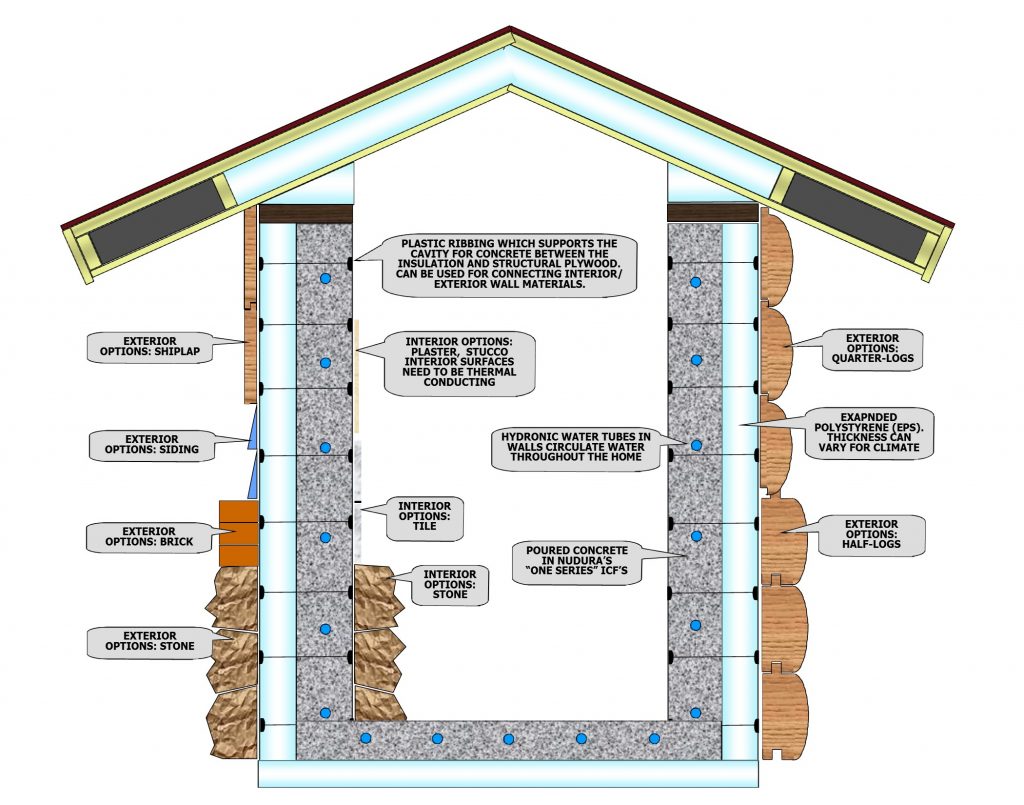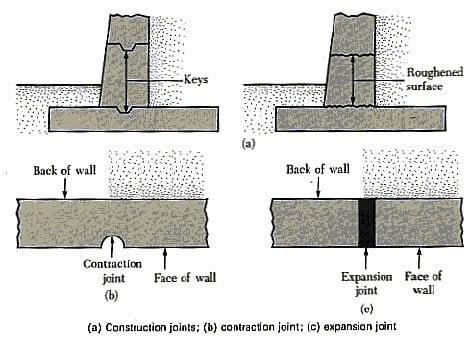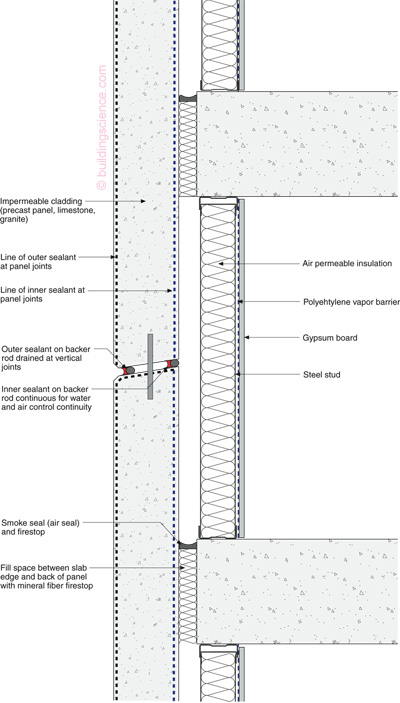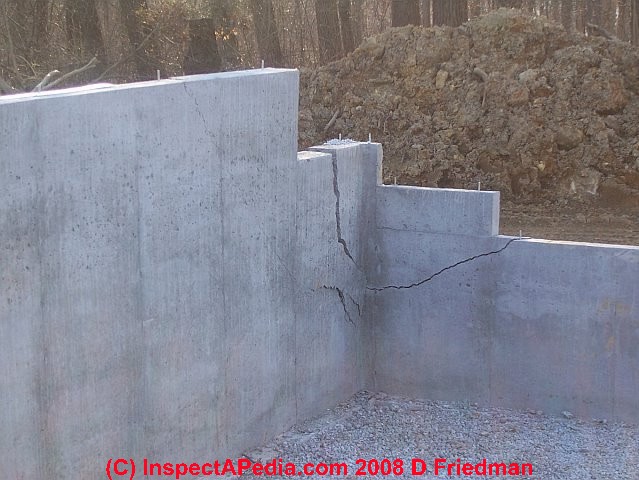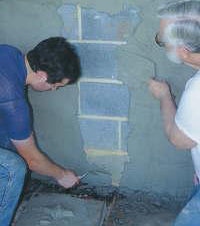The heat transfer from the heated gas to the concrete surface is mainly determined by radiation the corresponding parameter ε contains the emissivity of the flame and the surface and is temperature dependent.
How to determine surface temperature of concrete wall.
How does the heat transfer conduction calculator works.
The heat transfer conduction calculator below is simple to use.
This causes tensile stresses that may result in thermal cracks at the surface if the temperature differential between the surface and centre is 20 30 degrees depending on mix.
The proposed constant value ε 0 7 for concrete members according to en 1992 1 2 is a simplification and derived from the recalculation of laboratory tests.
Distribution of surface temperatures.
Or select a value from our material database.
Asphalt depicted warmest surface temperatures followed by the pavers concrete and grass.
The width and depth of cracks depends upon the temperature differential physical properties of the concrete and the reinforcing steel.
Read carefully and follow instructions exactly as described for file download and obtaining password.
Average of surface temperatures.
How to calculate the dew point.
Enter the thermal conductivity of your material w m k.
Consider a 3 m high 5 m wide and 0 3 m thick wall whose thermal conductivity is k 0 9 w m c.
On a certain day the temperatures of the inner and the outer surfaces of the wall are measured to be 16 c and 2 c respectively.
This spreadsheet for will allow the user to change outdoor and indoor air temperatures wall u valves and convection coefficients for determining the steady state inside surface temperature of an exposed wall floor or ceiling.
Concrete wall calculator avada1start 2018 12 20t15 19 03 04 00 concrete wall calculator to use the concrete volume calculator simply enter the width length and thickness of your pour.
δt wall change in temperature c r wall junction thermal resisitance c w example.
This article explains how the wall cavity dew point the point at which moisture condenses out of air onto a surface is calculated for a building cavity such as inside of an insulated wall.
